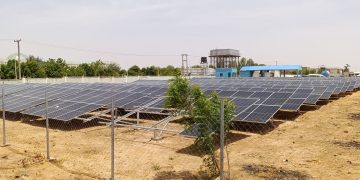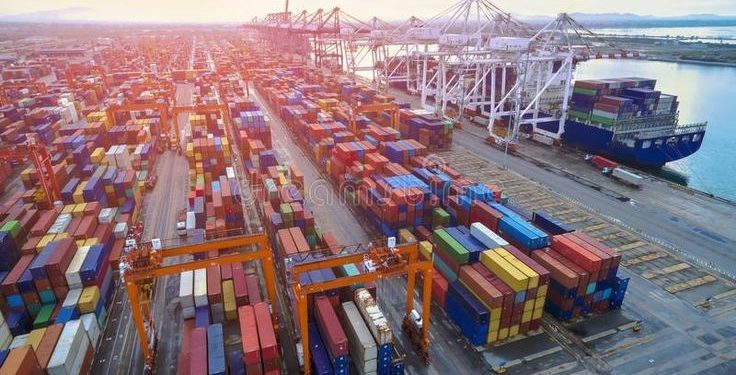President Donald Trump and Prime Minister Keir Starmer jointly announced a sweeping new trade agreement marking the first major pact by the Trump administration since it imposed a wave of tariffs on numerous global partners earlier this year.
Presented as a “historic breakthrough,” the deal expands access to key markets on both sides of the Atlantic, with particular focus on American agriculture, industrial goods, and strategic manufacturing sectors.
Major Highlights of the Agreement:
Agricultural Expansion:American farmers stand to gain significantly from the removal of UK trade barriers on several U.S. food and agricultural products. U.S. beef and ethanol exports are expected to surge, with analysts estimating around \$5 billion in new trade opportunities for U.S. agricultural producers.
Tariff Framework for Automobiles: A structured tariff system was introduced for British made vehicles entering the U.S. The first 100,000 units shipped annually will incur a reduced 10% duty, while exports beyond that cap will be subject to a higher 25% tariff. This move is designed to protect U.S. auto manufacturing while still encouraging transatlantic commerce.
Metals and Manufacturing:The deal introduces a new regulatory framework for trading steel and aluminum between the two nations. It aims to curb market oversupply and reinforce domestic industries, while still allowing high-quality metals to flow between trusted allies.
Strategic Industries Collaboration: U.S. pharmaceutical companies will benefit from stronger supply chain alignment with UK producers, reducing reliance on third country suppliers. Additionally, American aerospace firms will gain improved access to components manufactured in the UK under streamlined regulatory cooperation.
Modernized Customs and Standards: The agreement includes updated customs protocols to reduce delays at borders, while also introducing shared commitments on environmental protections, labor rights, and intellectual property enforcement key areas for future regulatory alignment.
President Trump hailed the pact as a victory for American workers and producers, calling it “a new chapter in fair and balanced trade that benefits both nations.” He emphasized that American farmers, especially in the beef and ethanol sectors, will see immediate gains.
Prime Minister Starmer described the agreement as a job creator and growth engine, noting that the UK’s economy would benefit from smoother trade channels with its largest single country export market. “We’re opening doors for British business, while reinforcing a trusted international partnership,” he said during a joint appearance in Washington.
The U.S. agriculture sector responded with optimism, particularly corn and cattle producers who expect to see demand rise in the months ahead. American ethanol manufacturers, once hampered by high UK import duties, are now forecasting new revenue streams thanks to the deal’s sharp tariff reductions.
Meanwhile, steel and aluminum suppliers on both sides welcomed the agreement as a stabilizing force in an industry often roiled by price volatility and trade disputes.
The agreement is being viewed as a potential model for future U.S. trade deals, centered around mutual benefit, domestic protection, and geopolitical alignment. Negotiators from both countries have signaled that further rounds of discussion may expand the scope of the pact in the areas of digital trade, energy cooperation, and financial services.





















































